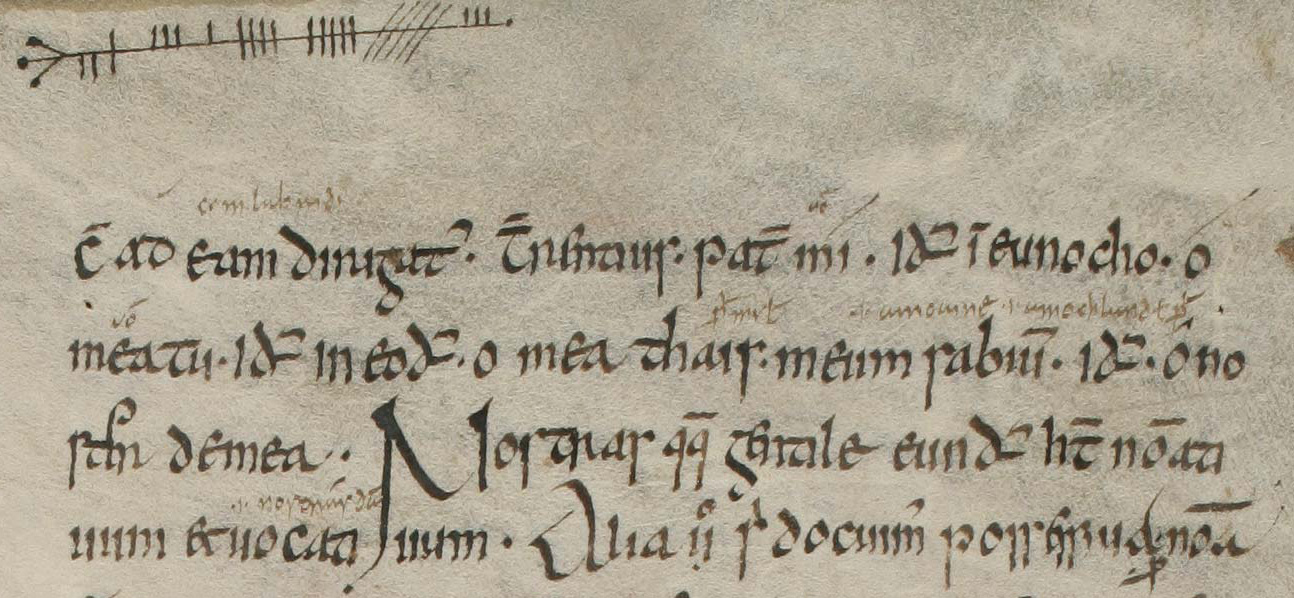-
Courses

Courses
Choosing a course is one of the most important decisions you'll ever make! View our courses and see what our students and lecturers have to say about the courses you are interested in at the links below.
-
University Life

University Life
Each year more than 4,000 choose University of Galway as their University of choice. Find out what life at University of Galway is all about here.
-
About University of Galway

About University of Galway
Since 1845, University of Galway has been sharing the highest quality teaching and research with Ireland and the world. Find out what makes our University so special – from our distinguished history to the latest news and campus developments.
-
Colleges & Schools

Colleges & Schools
University of Galway has earned international recognition as a research-led university with a commitment to top quality teaching across a range of key areas of expertise.
-
Research & Innovation

Research & Innovation
University of Galway’s vibrant research community take on some of the most pressing challenges of our times.
-
Business & Industry

Guiding Breakthrough Research at University of Galway
We explore and facilitate commercial opportunities for the research community at University of Galway, as well as facilitating industry partnership.
-
Alumni & Friends

Alumni & Friends
There are 128,000 University of Galway alumni worldwide. Stay connected to your alumni community! Join our social networks and update your details online.
-
Community Engagement

Community Engagement
At University of Galway, we believe that the best learning takes place when you apply what you learn in a real world context. That's why many of our courses include work placements or community projects.
St Gall Priscian Glosses
The St Gall Priscian Glosses
Funded by the Irish Research Council for Humanities and Social Sciences 2009–2011.
This postdoctoral project, carried out by Dr Pádraic Moran, involved a study of the reception of the Latin grammarian Priscian. Priscian (Priscianus Caesariensis) was a teacher of Latin at Constantinople around AD 500. He produced a monumental treatise on Latin grammar (over 1000 pages in the modern edition) that synthesised and supplemented the entire Graeco-Roman linguistic tradition. The work was held in such esteem that Priscian’s name later became synonymous with grammar itself.
Priscian's Ars Grammatica (traditionally known as Institutiones Grammaticae) was well known to Irish scholars in the early Middle Ages. Among the oldest and most important manuscript witnesses are four codices written by Irishmen in the ninth century, now held in Paris, Karlsruhe, Leiden and St Gall. These manuscripts contain a remarkable body of interlinear glosses — more than 9,400 in the St Gall codex — that served to explicate both the literal sense of the text and the significance of its teaching, but also represent a learned commentary on Latin literary culture.
The prolific extent of these glosses attests to the seriousness with which Latin grammar was studied in medieval Irish schools. However, the same manuscripts are highly prized by modern scholars for an altogether different reason: more than one-third of the glosses are written in Old Irish, and as such constitute one of our earliest and most important sources for the early history of the Irish language.
This project examined the working methods of the glossators, their sources, their knowledge of Greek and the nature of language interaction in the glosses. The results have appeared in a series of articles, and the research programme is still ongoing.
The project also produced an innovative new digital edition of all the glosses, with links to manuscripts images and other tools:
http://www.stgallpriscian.ie




















